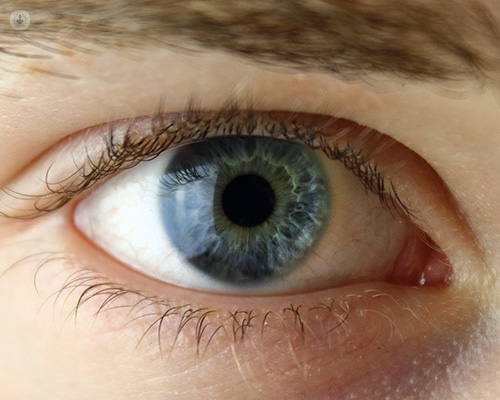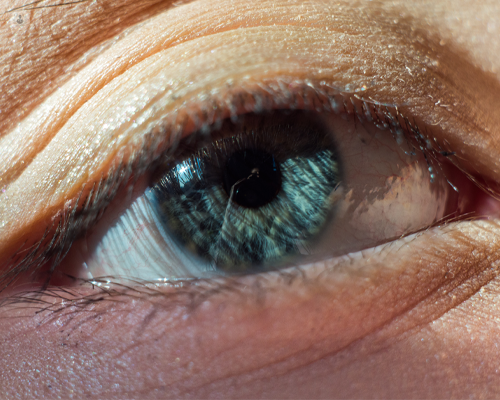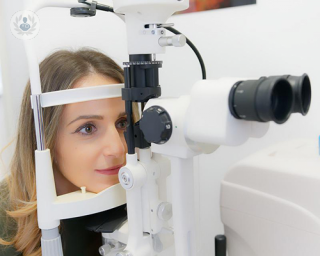Laser photocoagulation
Mrs Samantha Mann - Ophthalmology
Created on: 08-31-2022
Updated on: 01-12-2024
Edited by: Conor Lynch
What is laser photocoagulation?
Laser photocoagulation is a type of eye surgery that uses laser-generated heat in order to either reduce the size of or destroy any abnormal blood vessels that may be present in one's retina. The laser device can effectively cover any leaking blood vessels, whilst also being incredibly accurate and efficient when it comes to improving retinal oxygen levels as well as treating:

How can laser photocoagulation benefit patients?
The procedure can do the world of good for patients when it comes to preventing the worsening of various different retinal disorders, whilst it can also greatly reduce the chances of patients suffering from complete vision loss in the future.
Is laser photocoagulation safe?
Generally, laser photocoagulation is, indeed, a very safe procedure. Having said that, though, there are risks associated with it, although they are extremely rare.
How is it performed?
Firstly, the patient's eye will be numbed using specific eye-numbing eye drops, and as soon as these eye drops have been applied to the eye, the patient's pupil is dilated.
The laser will then purposefully generate tiny pieces of scar tissue, which will prevent any abnormal blood vessels from leaking into the patient's retina.
What can I expect to feel during and after a laser photocoagulation procedure?
Most patients will more than likely feel a prickly sensation during the procedure, and an increased amount of light sensitivity immediately afterwards.
Blurred vision and mild pain in the eye are also typically experienced by patients after their laser photocoagulation.
How long does a laser photocoagulation procedure last?
Generally, a laser photocoagulation will take between 15 and 20 minutes. Patients who undergo the brief procedure will not be required to stay overnight in the hospital.

What are the main potential risks?
Although very safe, this procedure can, rarely, but unfortunately, result in some central vision loss, bleeding in the eye, and/or accidental laser burns.
What is recovery from laser photocoagulation like?
Patients are warned against driving home themselves after the laser photocoagulation procedure.
Blurry vision
Patients might experience a bit of eye soreness as well as blurry vision for a few days after the procedure, which should not alarm the patient, as this is completely normal.
Almost immediately
The patient can resume normal, everyday activities almost immediately after undergoing a laser photocoagulation eye operation.


